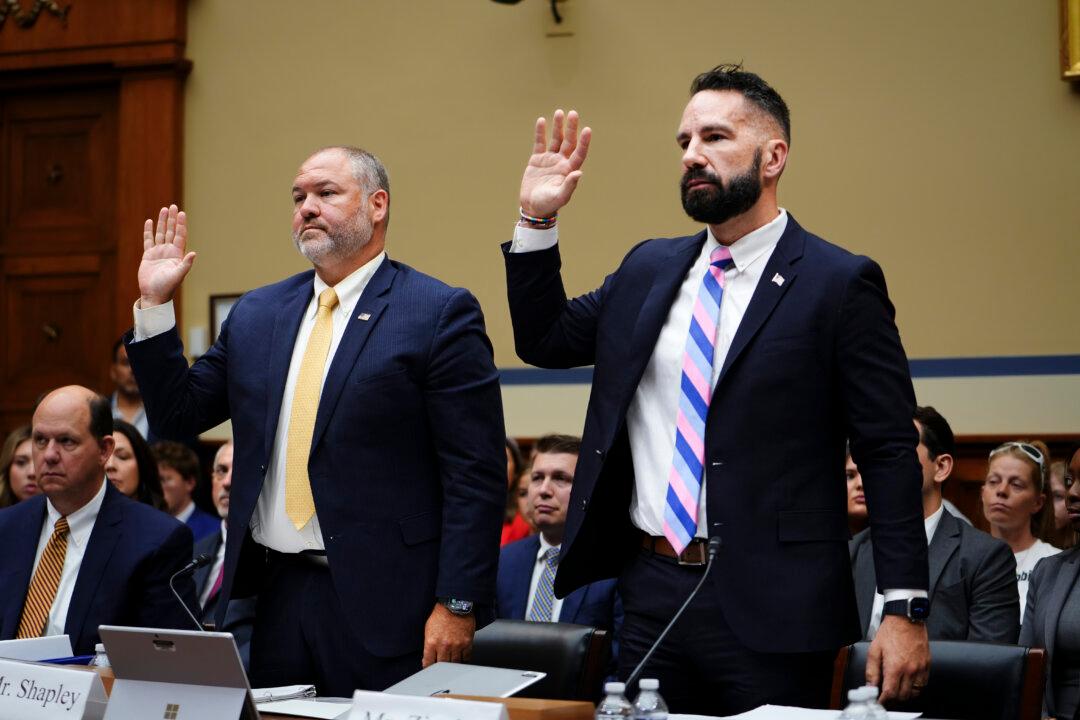Sen. Joni Ernst (R-Iowa) and White House Chief of Staff Jeff Zients disagree on most issues. But one thing they agree about is the importance of federal workers working in their offices instead of their homes.
In a January 23 letter to Office of Management and Budget (OMB) Director Shalanda Young, Ms. Ernst pointed to the poor attendance levels of President Joe Biden and several of his top appointees as setting a bad example that too many federal workers are following.





